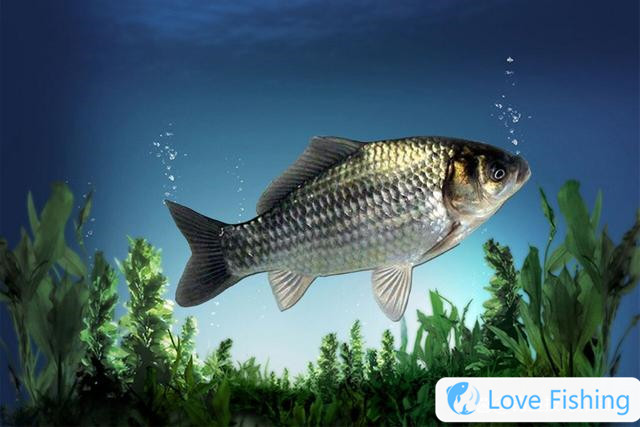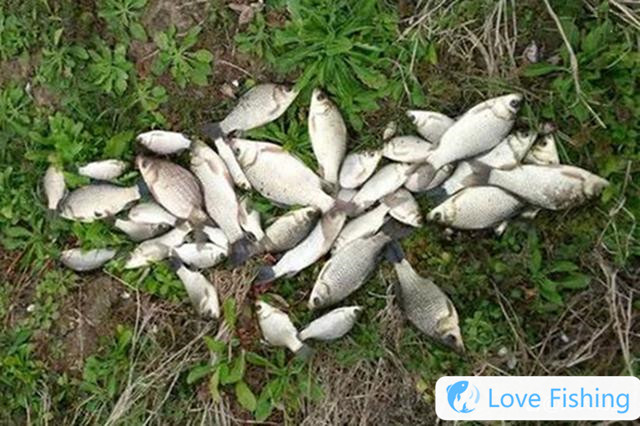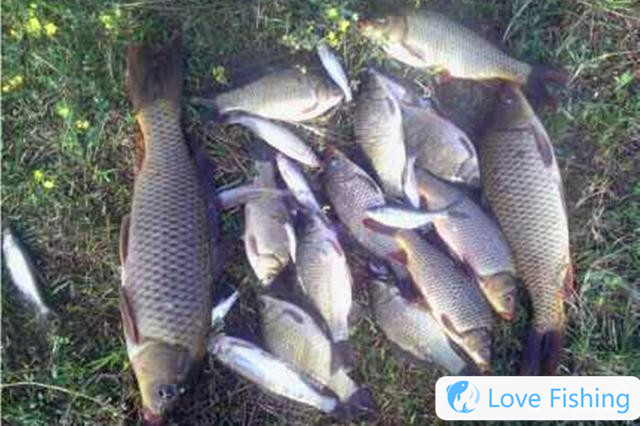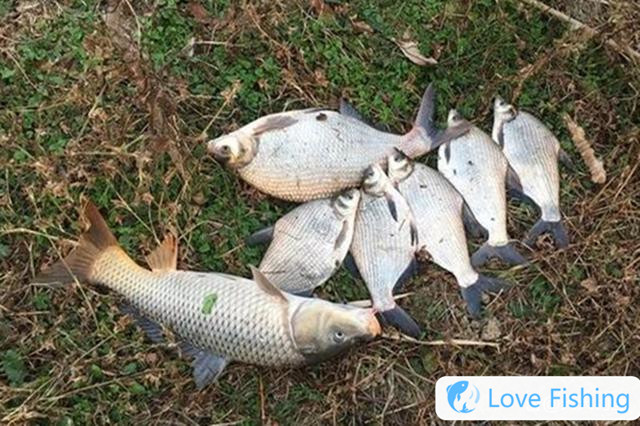Can Flounder Be Caught? How To Catch Flounder? Habits And Fi
Can flounder be caught? Of course it is OK.
Flounder is a very common fish, named after its two eyes grow on the same side of the head, also known as side mouth, left-mouth fish, flounder, etc. Most flounders live in the ocean, and only a very small number of flounders live in fresh water. Flounder is rich in various nutrients, and eating it regularly can enhance intelligence. The fish is also very delicious. Therefore, many fishermen like to catch halibut. So, how to catch flounder? Next, let’s talk about the habits and fishing skills of flounder.
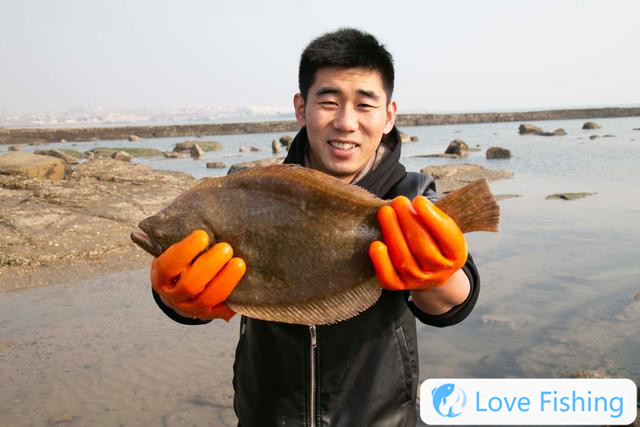
Habits and fishing skills of flounder 1. The living environment of flounder
Flounder is widely distributed around the world, with flounder in the seas from tropical to cold zones. The young flounder live in the deep sea and likes water quality with high cleanliness. They are subject to the huge water pressure of the deep sea. The body gradually deforms, and when they are adults, they will become flat, and then live in the bottom layer of mud and sand of rivers or continental shelves. When resting, the flounder will lie flat on the bottom of the sea, and part of the body is buried in the mud and sand. The color of the flounder body is similar or similar to the surroundings, which is very conducive to hiding and avoiding predation.
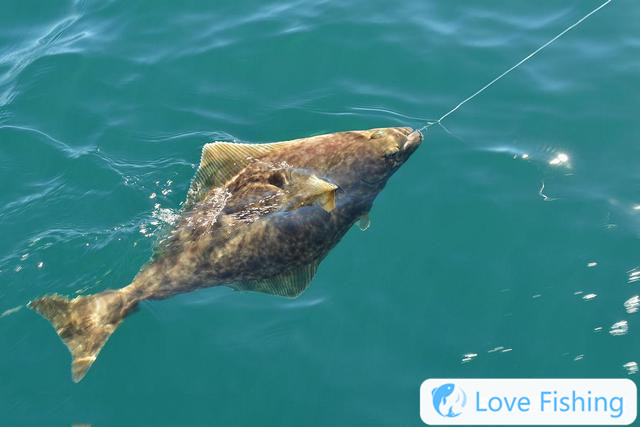
Habits and fishing skills of flounder 2. Foraging habits of flounder
Flounders mainly feed on benthic invertebrates and fish. All flounders are carnivorous fish, but their prey is varied. Some flounders have very good vision, while others have very sensitive smell. They mainly rely on their sense of smell to discover prey, and their main food is sand silkworms, small fish and crustaceans. Some flounders like to come out to prey during the day, while others like to come out to prey at night.
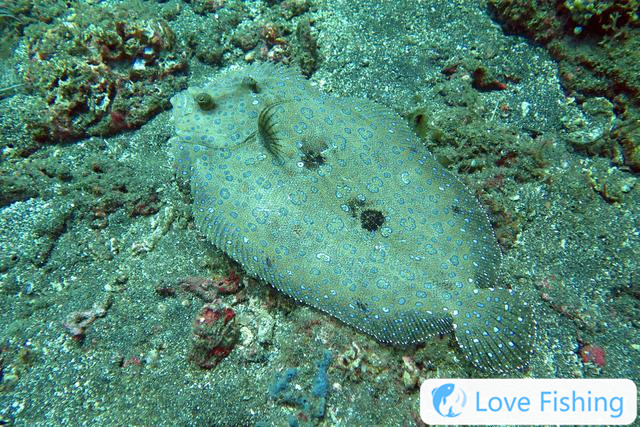
Habits and fishing skills of flounder 3. Fishing methods of flounder
Flounder is a migratory fish that likes to be active in the sandy beach areas. The ideal fishing spot is the offshore sandy beaches along the Sea of Japan and the Pacific coast. In the inland sea, if the tide and water quality are good, you may also have good results. Lures, shore casting, and boat fishing are all OK. Since the flounder has a small mouth, you should choose a fish hook with a narrow hook door as much as possible. Flounders are very aggressive, so you can try to sniff. Don’t rush to lift the rod after the signal appears, because they will test it repeatedly and show obvious and powerful signals. Then lift the rod and stab the fish.
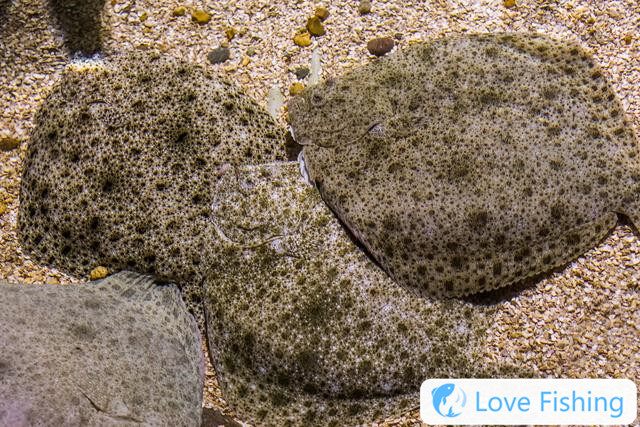
Habits and fishing skills of flounder 4. Tips for making nests and using baits
When fishing for halibut, you can use fake bait, but the food-induced effect of fake bait is definitely not as good as live baits such as sand silkworms, live shrimps and small fish. In early spring, flounders will conduct short-distance cluster migration, which is the best time to catch flounders. If you encounter a fish school, you can keep the fish school by making a nest and catch as many flounders as possible.
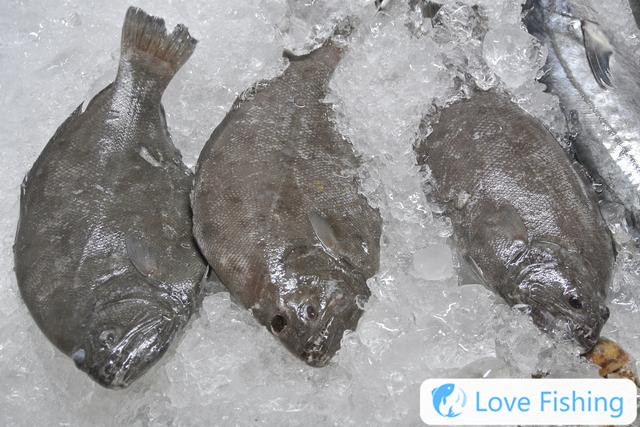
To sum up, the habits and fishing skills of flounder are the habits and fishing skills of flounder. When fishing in sea, if you want to catch more sea fish, you can add fish and fish cold diced to the bait. Fish cold diced to the fish are special fish attracting agents for sea fishing, which have a good fish lure effect on most carnivorous and omnivorous sea fish. Fish cold diced to the fish is a special food accelerator for sea fishing. It can enhance the hunger of sea fish and promote the opening of sea fish, with significant effects.
Recommended Reading
About us| Privacy Policy| Contact Us
Copyright © 2023-2030 Copyright@Love Fishing
